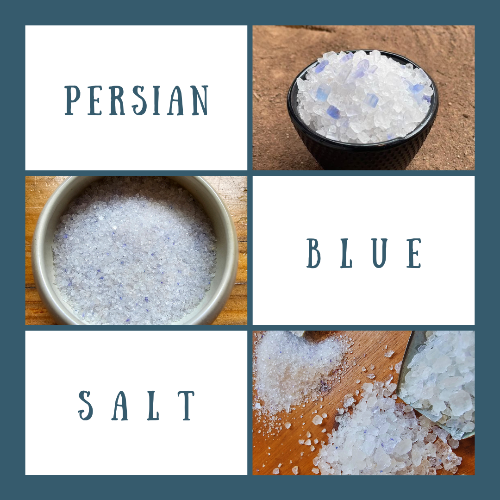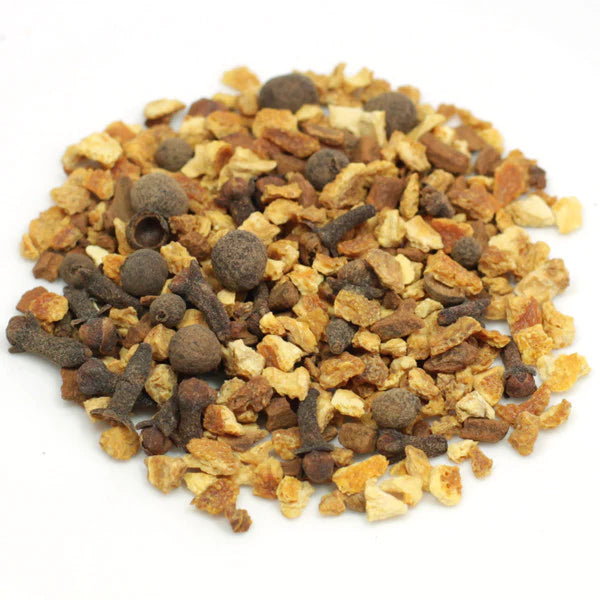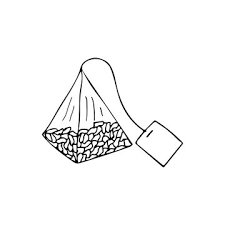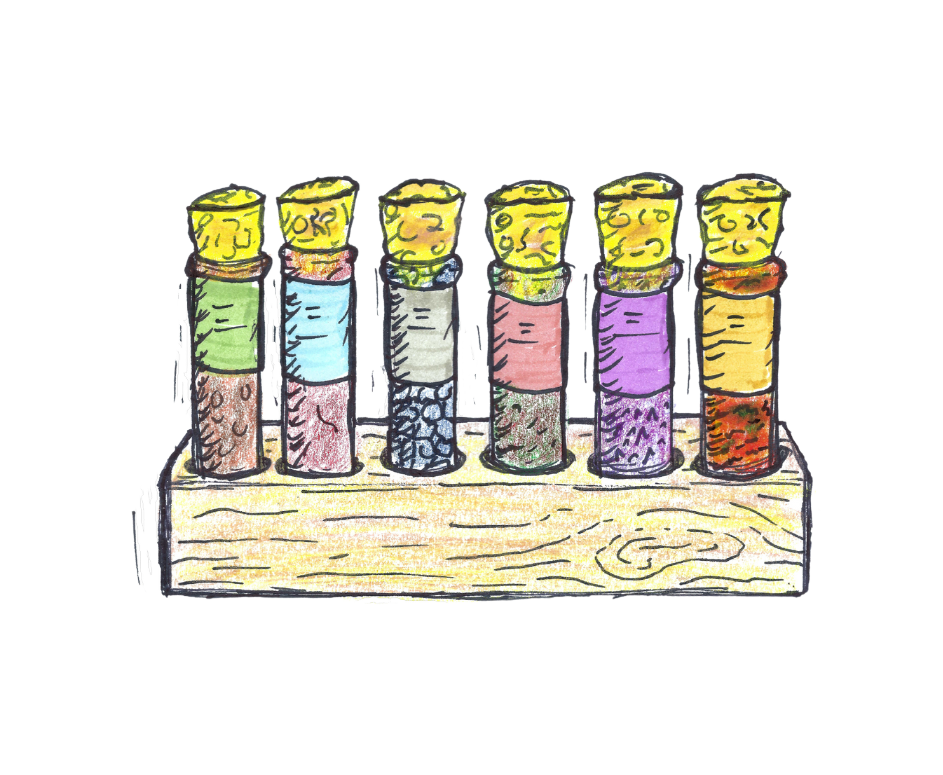Mulled wine, known for its aromatic blend of warm spices and rich flavors, has been enjoyed for centuries, providing comfort during the chilly winter months. This delightful beverage has a fascinating history that spans across different cultures and time periods. Join us as we dive into the origins and evolution of mulled wine, exploring its cultural significance and enduring popularity.
The roots of mulled wine can be traced back to ancient civilizations. The Ancient Greeks and Romans believed in the healing properties of spiced wines, often adding herbs and sweeteners to enhance their taste. These early versions of mulled wine were consumed for both pleasure and medicinal purposes, as they were believed to have warming and therapeutic effects.
During the Middle Ages, mulled wine gained popularity in Europe. It was traditionally known as "spiced wine" or "hippocras," named after the Greek physician Hippocrates, who advocated for the consumption of spiced wines for their health benefits. The spices used in medieval mulled wine included cinnamon, ginger, cloves, and nutmeg. It was a luxurious drink enjoyed by the noble classes, often served at banquets and festive occasions.
Mulled wine became particularly popular in Britain during the 18th century. The British East India Company played a significant role in introducing spices like cinnamon, nutmeg, and cloves to British society, which were then incorporated into mulled wine recipes. In Victorian England, mulled wine became a staple of Christmas celebrations, adding warmth and cheer to the holiday season.

This classic mulling spice blend consists of cinnamon chips, orange peel, whole cloves, and allspice and is available at Sullivan Street Tea & Spice Company
Different European countries developed their unique variations of mulled wine. In Germany, it is known as "Glühwein," and is typically made with red wine, spices, citrus fruits, and sugar. It is a beloved beverage during the Christmas markets, where it is enjoyed steaming hot. In Sweden, a similar drink called "glögg" is made with red wine, spices, almonds, and raisins. In both countries, mulled wine is an integral part of winter traditions.
Today, mulled wine continues to evolve and adapt to different tastes and preferences. Variations using white wine or fruit-based wines have emerged, catering to those who prefer lighter and fruitier flavors. Vegan and alcohol-free versions have also gained popularity, ensuring that everyone can enjoy the warm and comforting experience of mulled wine.

Slow cooked in a crockpot or on the stovetop, adding a bit of brandy and honey will enhance the flavor and the warm spicy aroma will radiate throughout your home. And don't forget to top it off with a slice of fresh orange in each cup.
Mulled wine has a rich and diverse history, transcending time and borders. From its ancient origins to its modern adaptations, this spiced beverage has remained a beloved winter tradition across different cultures. Its enchanting aroma and heartwarming flavors continue to bring people together during festive celebrations and cold winter nights.











